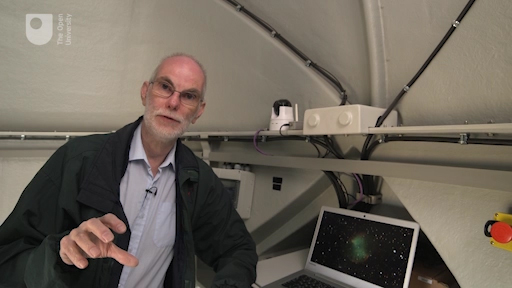Week 5: The Sun and the stars
Introduction
In the first half of the course you familiarised yourself with the Stellarium software and started to learn your way around the night sky. You also discovered how telescopes work and how to use the magnitude scale for measuring and comparing the brightness of stars. And last week you took your first image with COAST.
Having used COAST to image some Messier objects, this second half of the course looks in more detail at the stars – how they work, what makes them shine and how they live out their life cycles. Over the next three weeks we will be looking at exactly what stars are, and the physics involved in producing their light and heat. You will also learn about how and why some stars vary over time and the implications of this behaviour. In the final week you will finish the course by making your own observations of variable stars.
This week starts with our own Sun, which is in fact a typical star. We won’t be imaging the Sun using COAST, but as you work through the next two or three weeks you can continue to use COAST to take further images of Messier objects and refine your images (as Alan explains):

Transcript
By the end of this week you will be able to:
- describe the basic physical properties of the Sun
- describe the physical process that causes stars to shine
- compare our nearest star – the Sun – to other stars.
